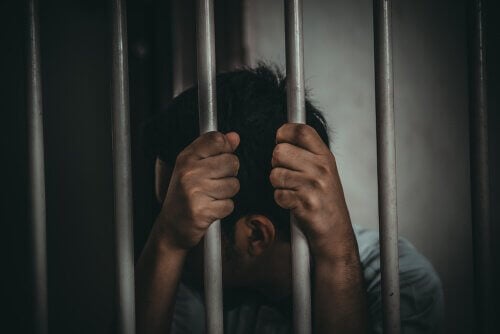There is a debate about education in closed environments, such as prisons, and how effective are they, is this a utopia?Are there any results? While there are many types of views on this issue, prison social education, a specific branch of social education, can shed light on these issues.
“There has been a constant debate about the possibility of educating in a confined environment. Consider applying a liberating educational or socio-educational practice in a confined, punitive and violent environment a utopia?Is that a contradiction???. -José del Pozo and Fanny T. A’a-os-
- “Whoever does not receive or make use of this right loses the opportunity to belong to society.
- To participate in a real way and to form a citizen.
- Who makes use of his rights and duties for the development of society ?.
Thus was born the Resolution on Prison Education, adopted at the V World Congress of Education (in Berlin, Germany, in July 2007), which explains the need to include topics on social education in prisons.
In the case of prison social education, education is not only a challenge, it is also an ethical right and principle that must seek to develop the autonomy of each person held despite punitive barriers. (2)
At the general level, and in order to understand the fundamentals of this branch of social education, we will then present several perspectives and theories on which it is based.
In prison social education, this type of theory interprets the criminal act according to individual psychopathological and biological factors, theories that have always been very relevant in the history of crime and in prison treatment, authors such as Eysenck are excellent examples of these models (1 ). )
In addition, it is important to note that in the field of social psychology, other authors present approaches that do not take into account only individualistic personality factors. (3, 4)
This type of theory involves multidimensional and structural factors, so it is based on the effect that social, educational, cultural or family systems and relationships have elements that influence criminal etiology. (1) Some of them are the theory of inequality of opportunity or the theory of social deviation. (5, 6)
Professor Miguel Melendro explains that over the past century perspectives and models have been developed that have significantly enriched and improved methods of socio-educational intervention with socially disadvantaged populations.
Thus, some of the disciplines that have played a role in the formation of socio-educational models in prison social education are:
Prison intervention, according to Garrido and Gómez (1995), has traditionally focused on scientific and technological models (based on medical models of behavioral tradition, in which the alignment of the individual is sought, and which are present in positivist pedagogy).
Thus, the search for behaviors, based on conventional treatment in prison, aimed to reproduce social patterns from an education that did not take into account contextual or sociocultural variables. (1)
The most commonly used programs in prisons were generally corrective programs, focused on behavioral models of reinforcement or punishment. (8) For performers, these models appear to be the best, so they are grouped into four groups:
Below are some more current models, with more humanistic visions
In the participatory model, prison treatment should include in socio-educational action the participation of the entire prison community, mainly prisoners.
Thus, the idea is to take into account the whole process and the willingness of inmates to establish treatment programs. (1, 9)
These are individual and collective educational programs. (ten)
These can be presented with a dual approach: first, given the sociocultural and structural overcompensation of criminalization of offending women. (11, 12) Second, equality measures that develop equality processes between men and women in prisons. ( 13, 14)
In these areas the collective consensus of work is important, satisfaction with what is done and the educational relationship between the intern and the educator (1) is also important.
Liberation models predict that insertion renews prison intervention in the professional and structural dimension, so the challenge of transforming prison spaces and concepts into possibilities of freedom is noted.
As can be seen, prison social education uses several alternative models such as those mentioned above, however, it seems that behavioral and factor-based models are the ones that prevail in prison intervention, could the development of these models be possible in the future?

